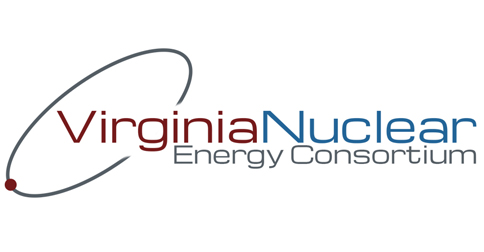Originally posted July 6, 2016 at http://ncr.vt.edu/news/20160706_Nuclear_engineering_expert_Alireza_Haghighat_speaks_at_recent_events.html
Virginia is one of the top 10 states in nuclear-generated electricity. Dominion Generation’s four reactors at its North Anna and Surry power stations generate 96 percent of the state’s carbon-free electricity and 39 percent of all its electricity, more than any other source.
This is what more than 100 government officials and industry and education leaders heard at the Virginia Nuclear Energy Summit, recently held in Richmond. Co-sponsored by the Nuclear Energy Institute (NEI) and the Virginia Nuclear Energy Consortium (VNEC) the summit was held to galvanize efforts among the state’s nuclear-related stakeholders to more consistently promote the technology and its benefits.
The summit addressed the following questions: What are we doing in the area of advanced reactor technologies? Are we taking advantage of the aforementioned opportunities? What are we doing for making Virginia a leader in nuclear industry, nuclear education and research and training of the future workforce?
Alireza Haghighat, professor and director of the Nuclear Engineering program at Virginia Tech and director of the Nuclear Science and Engineering Lab (NSEL) at the Virginia Tech Research Center ─ Arlington, served as chair of the NEI-VNEC Joint Nuclear Summit and opened the event with welcoming remarks.
Haghighat said that while Virginia currently has a strong industry, its nuclear engineering education is new. He pointed out that on a national level, a number of positive initiatives have begun over the last seven months which can be attributed to the COP-21 conference in Paris on Climate Change challenges.
These initiatives, he said, include two Department of Energy (DOE) public-private partnerships: Gateway for Accelerated Innovation in Nuclear (GAIN) program, which provides the nuclear community with access to government resource for moving concepts to commercial readiness; and a funding opportunity in Advanced Reactor Concept Development (two consortia led by startups received five-year awards of $40 million each with $10 million matching).
Two new private capital investments are also among the initiatives, according to Haghighat. They include Bill Gate’s Breakthrough Energy Coalition, a major investment for accelerating global clean energy innovation; and an investment of $1.3 billion in private capital to develop plans for advanced nuclear plants in the U.S. and Canada.
In addition to his opening remarks, Haghighat participated in two panel discussions at the summit: Nuclear’s Value to Virginia, which included a discussion on research and manufacturing, and Research and Workforce Development: Developing Skills and Talent to Propel Our State.
Haghighat also represented Virginia Tech at two other recent meetings. He presented MRT Methodologies for Medical Image Reconstruction at the 2016 Annual meeting of the Baltimore-Washington Chapter of the Health Physics Society, a scientific and professional organization whose members specialize in occupational and environmental radiation safety. And he was a member of a panel on Virginia’s Diverse Energy Strategy at the 2016 Energy, Sustainability and Resiliency Conference in Richmond, sponsored by the Virginia Chamber of Commerce.
Moderated by Pete Diakun, vice president of Energy Programs, Huntington Ingalls Industries/Newport News Shipbuilding, the panel, composed of Haghighat; Danny Van Clief, president, Coronal Development Services; John Williamson, chairman, RGC Resources, Inc.; and Tyson Utt, senior director of Project Development, Apex Clean Energy, discussed how Virginia is harnessing diverse solar, wind, coal, natural gas, and nuclear resources to ensure the commonwealth’s long term economic vitality.
